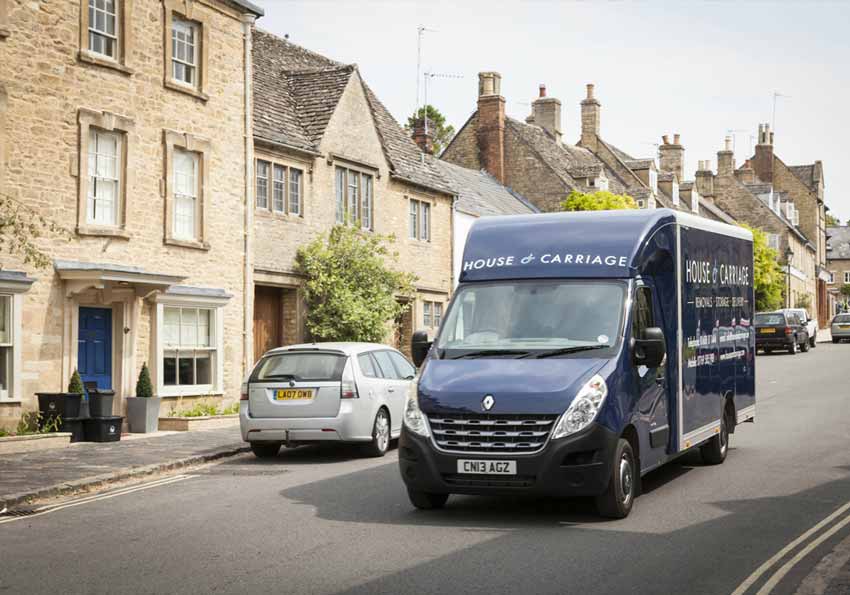After the indulgences of Christmas are over, it can be hard to find the get-up-and-go in January. And if you’ve got a winter house move on the cards, it might feel like a daunting task to get everything organised.
We’re here to help get you back into the swing of things with our definitive moving home checklist, along with some great tips and tricks to get your moving project off the ground. So, sit back, consume a few of those leftover Christmas chocs, and read on.
First contact
Whether you need a man with a van or a big truck with a full team, get in touch with a removals company at least two weeks before the big day, longer, if you can.
When you’re on the phone with a removals team arranging your move date make sure you’ve got some vital stats ready. Contact us armed with:
- The dates and timescales you would like for your house move
- Whether you want to do the packing yourself or ask us/a removals company to do the job for you. Why not let us take the strain? It takes far longer than you think, it can be exhausting and if you don’t have the experience it is best left to the professionals.
- What and what not to move (pre-move is a good time to clear out the back of the shed/cupboard/wardrobe and get rid of those things you had forgotten about and don’t have any need for)
- The full address of the new property and any access restrictions (although we can check this out too)Sound like rather a chore? Some removal companies, like House and Carriage, will come out, assess the move and walk you through the full process using a fully managed service approach. We can come to your house, have a chat and assess how much furniture is to be moved and in what way – and we’ll see if any items need special consideration.
This is a free and no obligation service. It’s also a good opportunity for you to ask any questions face-to-face. We plan every move meticulously so before your removal crew turns up we know how many boxes are needed, how long it will take and how big a truck(s) to use. Just the job.
Boxing clever
 Whether you choose to pack or ask us to pack for you, it’s good to have an idea of the space you’ll need and the size of your items before you get the bubble wrap out. Here’s our step-by-step guide to packing a house properly:
Whether you choose to pack or ask us to pack for you, it’s good to have an idea of the space you’ll need and the size of your items before you get the bubble wrap out. Here’s our step-by-step guide to packing a house properly:
- Make a rough plan of where you want your items to go in your new home and mark each box with the name of that room
- If you’re boxing yourself – find out if you can buy your materials in advance from your removals company (you can from us!) – it’ll make things a lot easier. If there’s one nugget of packing advice that’s essential it’s this: don’t use poor quality packing. Your belongings are precious to you, so ensure they stay safe with reinforced boxes made from good quality paper. A bundle of moving boxes bought on the internet for a pound might seem like a bargain – but there is a reason they only cost a pound!
- Start boxing up your non-essential items first, then work your way on to the more essential things. That way, if packing takes more than a few hours you haven’t boxed the kettle and toaster! Make up a box of things you’ll need immediately in your new home e.g. teabags, kettle, cups, plates, dishcloth and washing up liquid.
- For every box, use FRAGILE tape if there’s anything really fragile in there (and use plenty of packaging and bubble wrap for every item that is fragile). NEVER use newspaper to wrap up your house move. The print can rub off and mark items and also newspaper is too thin! We use a thicker print-free paper that provides greater protection so we advise using this. Find out about buying the boxes, bubble wrap and everything in between.
- Remember, don’t fill big boxes all the way to the top as they’ll be difficult to move. Think in a modular format: heavy items in many small boxes – such as books. Lighter bulky items in the bigger boxes – like duvets. Also don’t leave voids in the top of boxes. Fill voids with smaller items, cushions and scrunched-up paper. Boxes should weigh no more than 30kg max.
